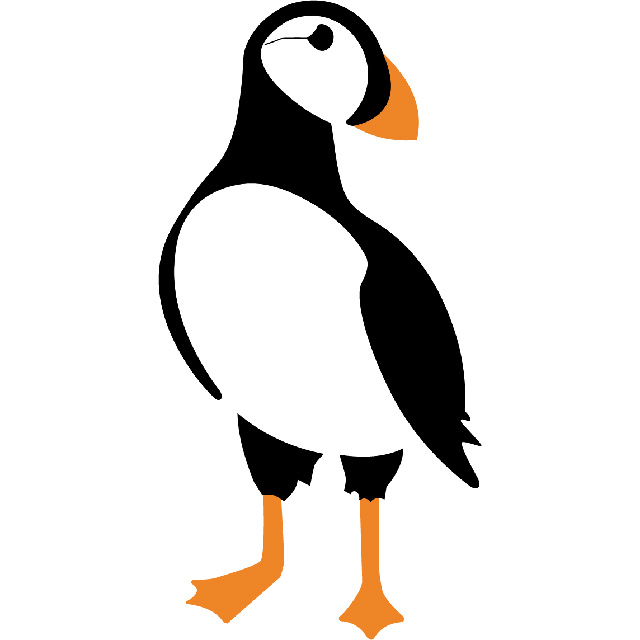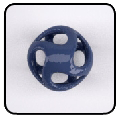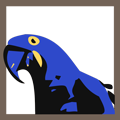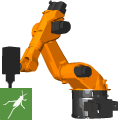3DS MAX Plugins
Find list of plugins for Autodesk® 3DS MAX® developed by Parametric Zoo
Para-3D
Para 3d is a scripted plug-in for 3ds Max enabling users to create parametric digital models and animations using all excessive modeling features of 3ds Max and additional controllers available in the plug-in.
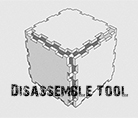
Disassemble tool for Para-3d
The Disassemble tool is meant to help streamline the fabrication process. This tool will take a given object, made of any number of planar surfaces, and customize the individual parts with different type of joints such as Mitered,Dovetail etc…
Mathsurf for Para-3d
Mathsurf v3.0 is a library that includes more than 120 Paraflows (.para files) which enables Para 3d users to explore mathematical geometries in 3DS MAX.

Revit Plugins
Find list of plugins for Autodesk® Revit® developed by Parametric Zoo
CSI Link
Export Revit model to CSI ETABS and CSi Safe application.
Butterfly
Butterfly helps you to create astonishing diagrams with few mouse clicks!
Butterfly creates 3D generic models out of the room elements in your project.
Macaw
Macaw is an Autodesk® Revit® add-in which displays the keynotes within the existing keynote table and allows for searching, grouping and editing keynotes directly within keynote application.
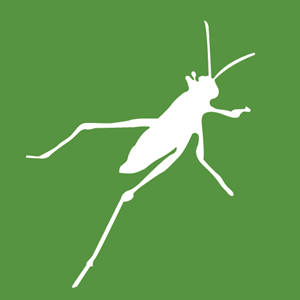
Grasshopper Plugins
Find list of plugins for Rhino+Grasshopper developed by Parametric Zoo
Biber
The aim of “Biber” is to provide complete solution for parametric wood work in Rhino + Grasshopper for users who are seeking innovative work flow and looking forward to realize the out of box design
Woodbee
Woodbee is a compact CAM plugin for Grasshopper currently focusing on the milling objects from planar sheets. The tool can automatically detect different features in the input geometry and suggest suitable milling strategy based on the given tool and machine type (3 axis to 6 axis machines). Once the tool path is generated it can be simulated in Rhino viewport in real time. After a successful simulation, the tool path can be converted to GCODE or KUKA command using the specified postprocessors.
KUKA|prc tool path optimizer
The aim of tool-path optimizer component is to find a collision free solution for a given tool-path by rotating the tool about its rotary axis. This process include printing the axial map by analyzing the all possible tool-paths with different rotation degree and then finding a set of rotations within the map which contains no collisions or singularity.
